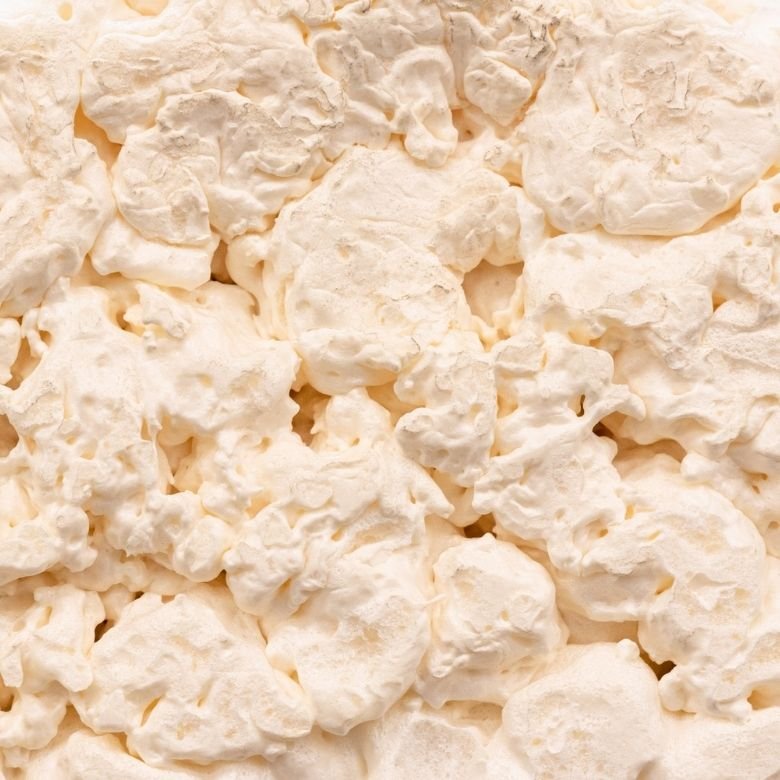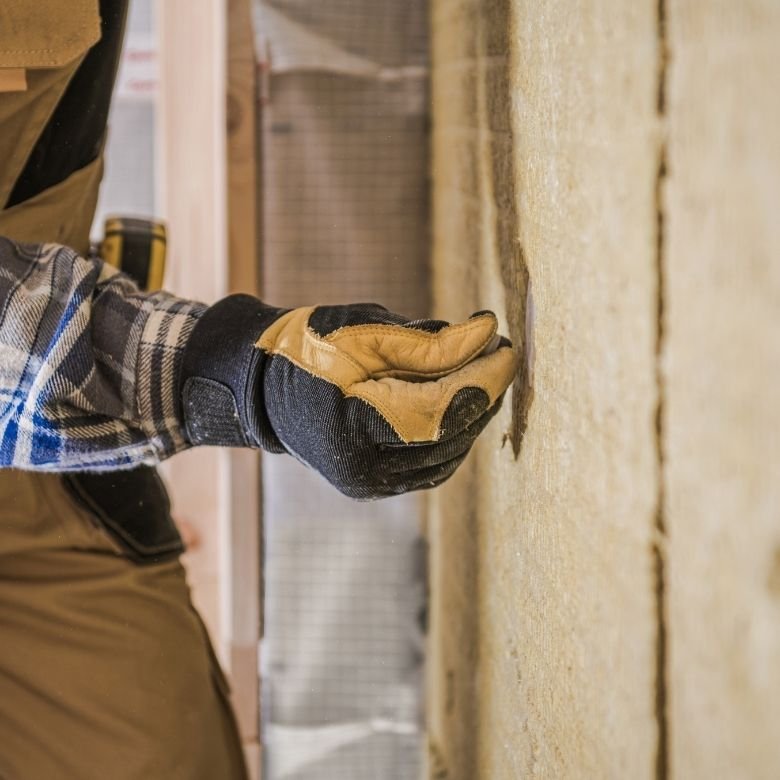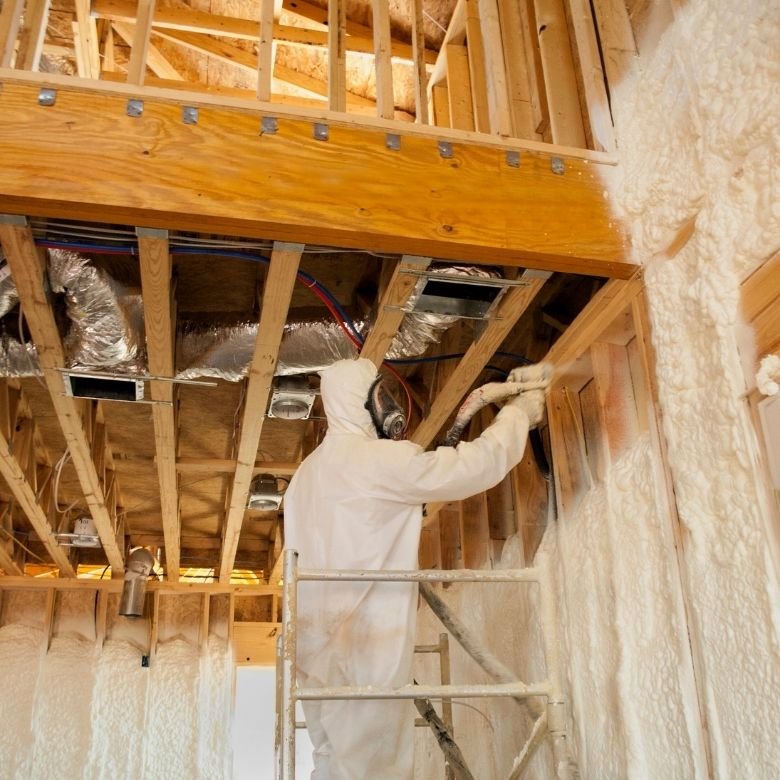Floor slabs and roofing are among the most sensitive structural elements of a building in terms of their thermal insulation. It is estimated that between 15% and 25% of heat escapes through the roof. This generates considerable costs throughout the year.
Correct insulation of the roofing layer and floor slab is necessary for the building insulation to be efficient. Until recently most residential homes and commercial spaces used mineral wool, but the question today is: which is better - attic insulation with foam or wool? Let’s examine which thermal insulation method is the more functional.

What compositions and production methods are used for thermal insulation materials?
Mineral wool and polyurethane foam are construction materials, so they have to receive approval from the Building Research institute in order to be released on the market. The composition of these materials is strictly determined, and the production technology and certain admixtures can be changed. In order to assess each product, the composition and production methods used have to be explored.
Mineral wool composition
Mineral wool comprises artificial mineral fibres, which are chemically modified during production. They are created from glass cullet and quartz sand. Rock wool is made from basalt, but nowadays it is less commonly used as a roof insulation material. The composition of mineral wool includes tackifiers – typically resins and polymers.
The mineral wool production process is simple, but requires the use of specialist equipment. Glass cullet with quartz sand is fired in a furnace, at a temperature between 12000C and 15000C.
From this we obtain a liquid mass, and special disks are then used to create fibres. These fine fibres are sprayed with the resin or other tackifiers and polymers are added.
The fibres are then used to form mats, boards or lagging.
Polyurethane foam composition
Polyurethane foam is the product of mixing two liquids. The first component is polyol, a resin, whereas the second one is isocyanate, a hardener. Only the individual components of the foam are made in a factory, while the foam itself is created on site. It is created directly through a spraying process.
The polyol and isocyanate react with each other as soon as they leave the spray gun nozzle. A rapid swelling occurs and the solid structure of the foam is created. The process is so quick, that the human eye does not notice the liquid form, only the solid leaving the gun nozzle.

Mineral wool installation and polyurethane foam application
So now that you know the composition of these materials, you can imagine the differences between mineral wool installation and foam application. Only trained staff can perform both tasks. Mineral wool produces a lot of dust during installation, which is particularly hazardous for your respiratory tract. Therefore, all works related to wool installation are performed while wearing a special mask.
Foam is far more hazardous, thus special protective suits are used during its application. After the foam is applied or the wool installed, no one should not enter the building for at least 48 hours.
Insulation parameters of mineral wool and foam
Internet forums are full of such questions as “attic insulation: foam or wool?” They are answered in the majority of cases by people who do not have the necessary knowledge.
It is generally believed that polyurethane foam has a considerably lower thermal conductivity than wool. This is not correct. Indeed, closed-cell polyurethane foam has a considerably lower thermal conductivity, while open-cell foam is used to insulate floor slabs and roofs. In this case, the thermal insulation parameters of foam and wool are similar.
Thermal insulation parameters of mineral wool
Glass wool has markedly better parameters than rock wool, which is why it is more commonly used as a thermal insulation material. Glass wool should constitute the basis of parameter analysis.
The thermal conductivity coefficient λ for mineral wool is 0.031–0.042 W/(m*K). Specifically prepared boards made of glass wool are characterized by an even lower value, of 0.030. Maintaining low humidity levels is significant in retaining these parameters, which means that the wool cannot get wet.

Polyurethane foam thermal insulation parameters
Polyurethane foam is applied as a single material. It fills all the space very tightly, which prevents the formation of cold bridges. However, the actual thermal conductivity coefficient λ for polyurethane foam is 0.035–0.038 W/(m*K). Elimination of the cold bridges and the more efficient application mean that this parameter remains closer to the lower value.
The foam application temperature and humidity should be taken into account for the purpose of retaining its parameters. Foam should not be applied at very high temperatures or humidity levels, because they reduce its thermal insulation parameters dramatically.
Thermal performance and installation properties
The thermal insulation parameters of materials are one important thing. Another is their thermal performance. This depends on the traits of the material, but also on the efficiency and method of installation.
Installation has a huge impact on the thermal performance of mineral wool. It is always installed in two layers. The first layer is laid between the rafters, while the wool layer thickness depends on the rafter thickness.
The second wool layer is laid under the rafters. What is the reason behind this method? Rafters constitute a sensitive element, where numerous cold bridges are formed, and a two-layer installation eliminates them.
Polyurethane foam is not installed, but applied. The application takes place in the space between the rafters or, for floor slabs – in the space between the ties. A polyurethane foam is typically applied at an angle directly on the floor slab, leaving the upper portion of the roof free, or applying a thinner layer of foam there.
Leaving some allowance for the swelling is of key significance for polyurethane foam. It fills almost every space, thus eliminating cold bridges. Although mineral wool adheres to the rafters quite well, foam sticks to them permanently. What is important for polyurethane foam is that a special net should be used on the membrane in order to create a small expansion joint.
It is often the case that the installation of mineral wool or application of polyurethane foam is more important than the purchase of a material with specific thermal insulation parameters. Foam is usually the best choice for highly complex roofs with numerous slants. The simpler the roof, the easier the installation of wool becomes and the more efficient, and the wool may adhere directly to the roof membrane.

Select the material according to the roof parameters
These parameters and the properties of polyurethane foam and mineral wool clearly show that foam and wool are excellent thermal insulation materials.
It should be emphasized that foam and wool are fully vapour-permeable. The durability of these materials is almost identical, and they will perform their task efficiently for several decades.
Each analysis should be executed individually, as it is the key to choosing between polyurethane foam and mineral wool. Compare the expectations, possibilities and technical parameters of the roof.
Polyurethane foam works better for roofs with complex and varied geometries, as well as roofs with tall rafters. It fills all the spaces more efficiently and eliminates the cold bridges which tend to form around the rafters.
Roofs with simpler geometry, flat roofs or with a single slant and low rafters can be insulated with wool, attaining similar parameters to foam. The installation is easier and it does not require the use of specialist equipment, other than proper safeguards.
There is no clear answer to the question which of these two materials is the better choice. The information provided in this article and a full analysis allows you to make an informed choice between foam and mineral wool.